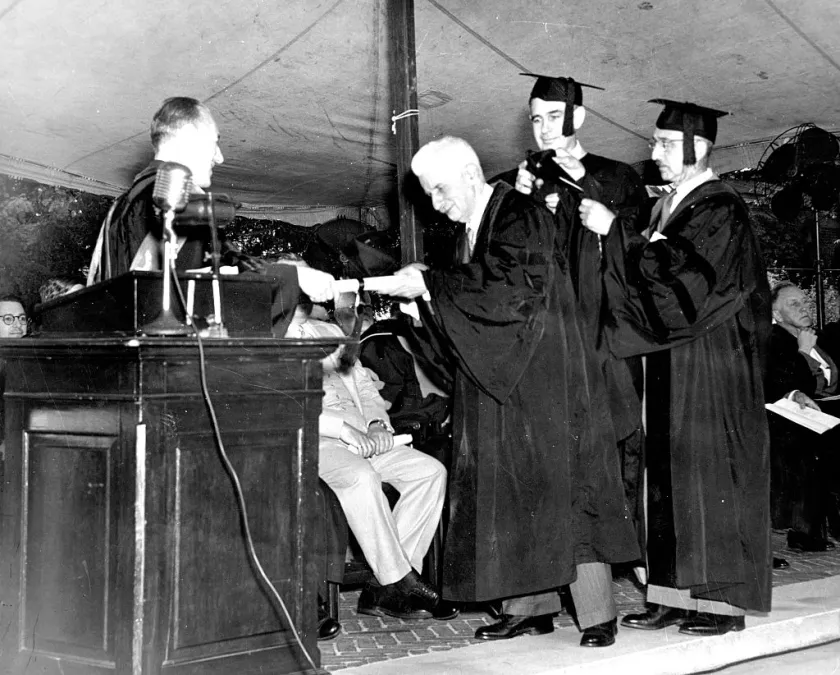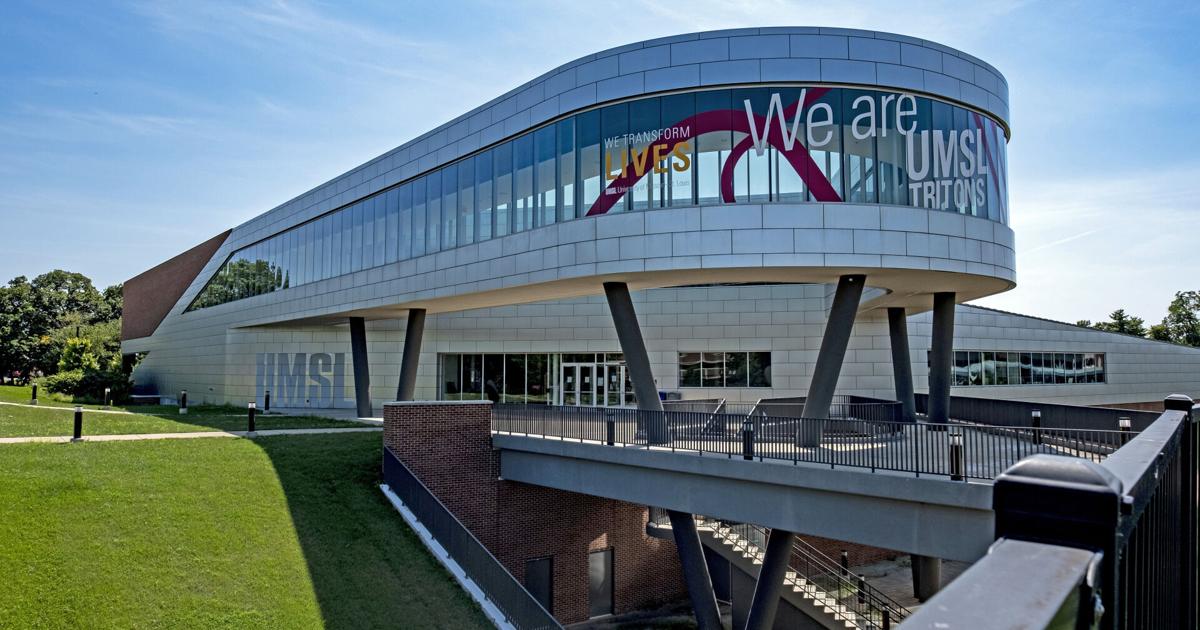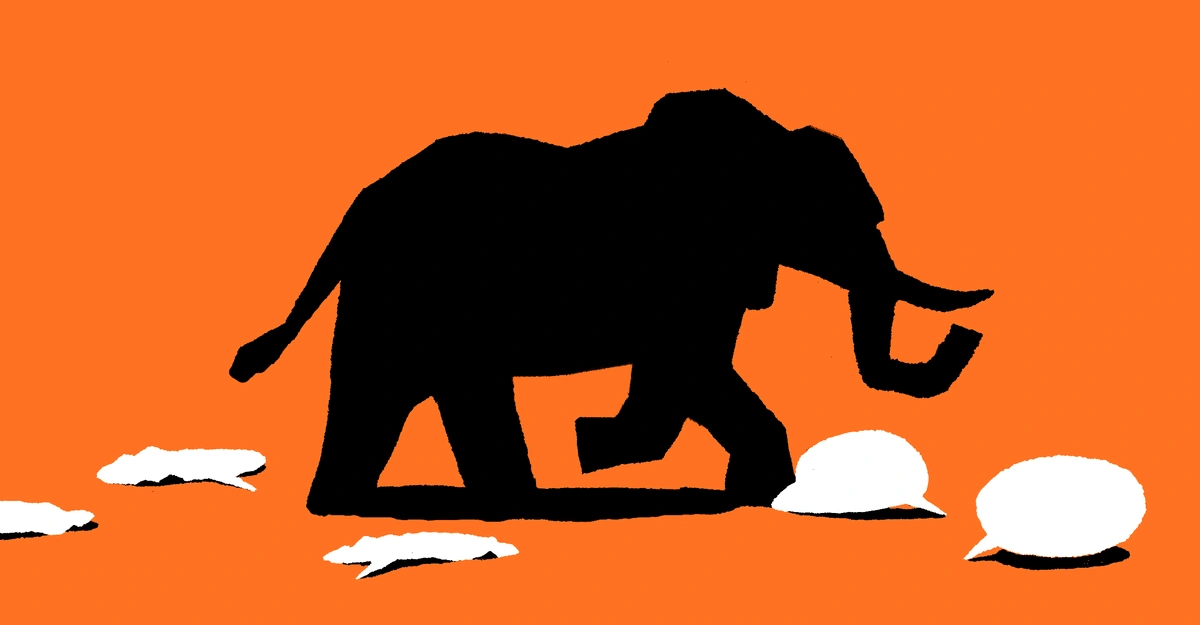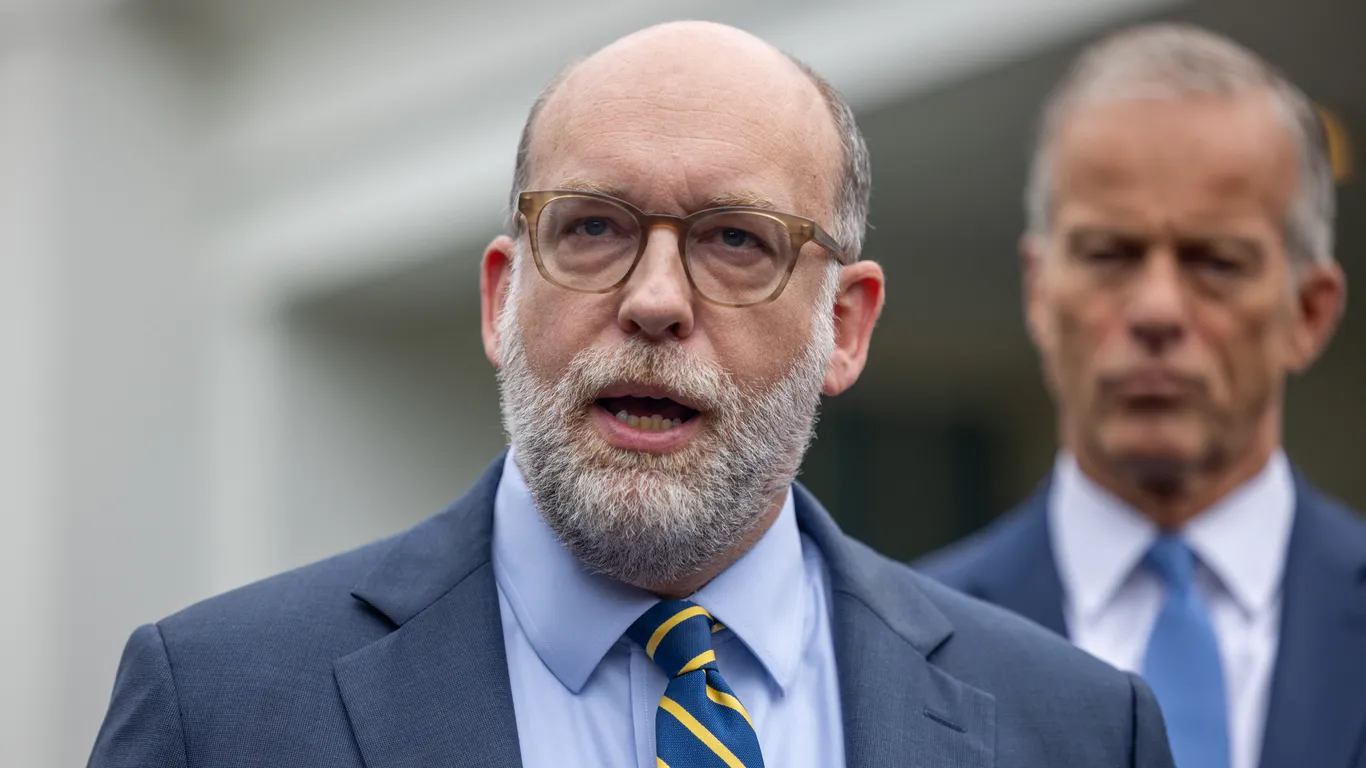By Deepa Das Acevedo / Made By History
Copyright time

American colleges and universities were eager to reap the guaranteed tuition benefits of the GI Bill and sought to recruit and retain faculty to teach these new students.
Read More: The Complicated History of Government Influence Over Universities
Simultaneously, beginning in the late 1940s, the American government’s Cold War national security interests began to transform the higher education landscape. Some fields expanded rapidly: the scientific and mathematical research done at universities ballooned during this period. Others, including area studies and international studies, were essentially invented or crystallized at this time. Universities now needed faculty to teach these subjects. Then, as now, tenure provided a measure of labor protection that could justify the lower wages that academia offered despite the lengthy and expensive credentialing processes required of faculty.
At the same time, scholarly knowledge was becoming more specialized and professionalized. By 1945, there were 86 scholarly journals in the field of history alone, and by 1948 there were 35 university presses (compared to just three in 1900). The maintenance of this expertise took dedicated chunks of time that had to be spread over lengthy and secure careers.



